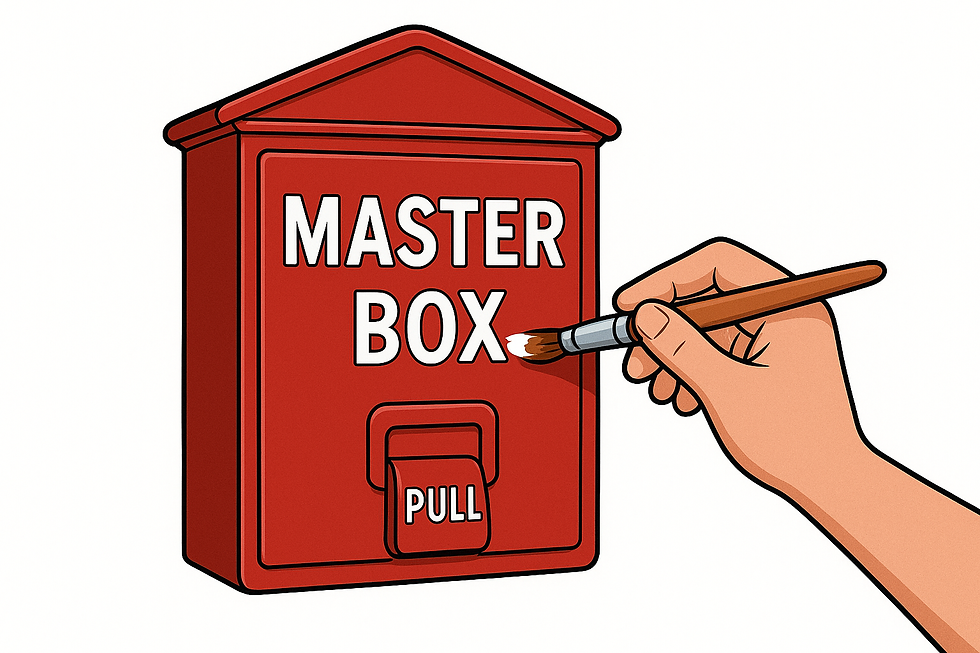Tales from the Fire Alarm Museum – Episode 1
- cpiette
- Oct 1
- 2 min read
In this episodic series of blog posts, we will take a walk through the L.W. Bills fire alarm museum. Our wide assortment of antiques and artifacts is unmatched, and each one tells a story in the rich history of fire alarm systems. From the mid-19th century to the present, we have a range of items that would be any collector or enthusiast’s dream. Call us at 978-352-6660 to schedule your free tour today!
Fire Alarm Telegraph Receiving Board

First up is the Gamewell Fire Alarm Telegraph Receiving Board or Indicator Panel, an early ancestor of today’s dispatch technology. It is a multi-functional piece of equipment that was invaluable to firefighters in the late 1800s, providing visual and auditory alerts in the case of fire emergencies. Here is the flow of how the indicator panel worked:
Someone pulls a fire alarm box.
A telegraph signal indicating the box number is sent across wire to a fire station or communications center.
The box number is displayed behind the colored lenses along the top of the unit.
The bell is struck multiple times, also indicating the box number.
Relays retransmit the signal to other circuits which vary in use according to the station’s needs.
The dispatchers or firefighters use the labeled levers to issue controls, such as alarm reset.
Telegraph Repeater

Next, we have the Telegraph Repeater, manufactured in the 1940s-1960s by Bliss, a division of Gamewell. Although quite different in appearance, it bears much similarity to the previous item in terms on functionality. The gauges on the top-left and -right of the machine indicate the circuit’s voltage and current, respectively. The amber lamps between the meters signal activity, alarms, or faults in the circuit’s operation. Each column of switches provides controls including manually opening or closing a circuit and enabling or disabling the retransmission of received signals. The telegraph repeater indicates a major technological shift in dispatch and fire alerting, as it moved us into an era of electronically-controlled indicators.
Whistle Blowing Machine Gear Train

As seen on the label, this is a gear train for a whistle blowing machine, and it dates back to circa 1850-1890. It literally puts the “whistle” in “bells and whistles.” This gear-controlled contraption takes telegraph input and uses it to sound a large steam- or air-powered whistle, usually placed in a focal point of a municipality. They might be mounted on towers, government buildings, or power plants, to give a few examples. Like the bells, the whistle machine blows in code. So, for box 313, it blasts three times in a row, pauses, then once, pauses again, and then three more times. It provides the advantage of long-range alerting rather than local alerting that is audible only in a fire station or dispatch center.
Wall of Master Boxes

The last entry in today’s perusal of the museum is our Wall of Master Boxes. These boxes come from throughout the ages, each one capturing a particular moment in time. If you want to pull their levers, open their doors, and examine their internal machinery, there’s no better time to visit the L.W. Bills museum for a free tour. A picture can’t do it justice. Reach out at 978-352-6660 or office@lwbills.com if you would like to come by.




Comments